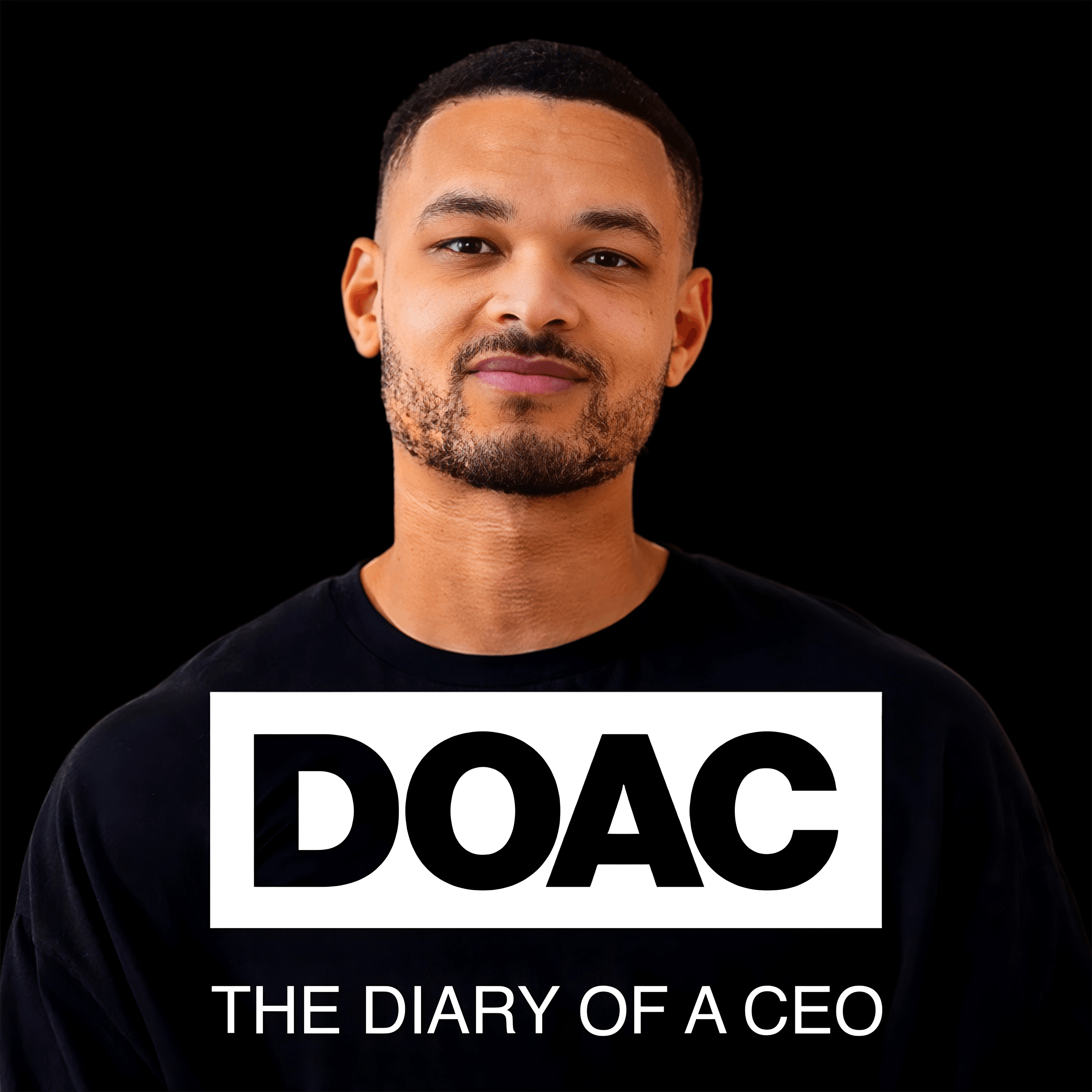
Heliox: Where Evidence Meets Empathy 🇨🇦
Join our hosts as they break down complex data into understandable insights, providing you with the knowledge to navigate our rapidly changing world. Tune in for a thoughtful, evidence-based discussion that bridges expert analysis with real-world implications, an SCZoomers Podcast
Independent, moderated, timely, deep, gentle, clinical, global, and community conversations about things that matter. Breathe Easy, we go deep and lightly surface the big ideas.
Curated, independent, moderated, timely, deep, gentle, evidenced-based, clinical & community information regarding COVID-19. Since 2017, it has focused on Covid since Feb 2020, with Multiple Stores per day, hence a sizeable searchable base of stories to date. More than 4000 stories on COVID-19 alone. Hundreds of stories on Climate Change.
Zoomers of the Sunshine Coast is a news organization with the advantages of deeply rooted connections within our local community, combined with a provincial, national and global following and exposure. In written form, audio, and video, we provide evidence-based and referenced stories interspersed with curated commentary, satire and humour. We reference where our stories come from and who wrote, published, and even inspired them. Using a social media platform means we have a much higher degree of interaction with our readers than conventional media and provides a significant amplification effect, positively. We expect the same courtesy of other media referencing our stories.
Heliox: Where Evidence Meets Empathy 🇨🇦
Beauty Products: Forever Chemicals and "Clean Cosmetics"
First, understand that risk is not binary. The dose makes the poison, but we don't know what the safe dose is for most of these chemicals, especially in combination, especially over decades of use.
Second, recognize that "clean" is a marketing term, not a scientific one. Read ingredient lists. Understand that fragrance-free and paraben-free products might actually be safer, not because parabens are definitely dangerous, but because we have more data on their effects.
Third, support actual regulatory reform. The current system of industry self-regulation isn't working. We need mandatory safety testing, public databases of ingredient safety data, and regulations that prioritize human health over corporate profits.
Beauty products raise concerns over chemical exposure risks
This is Heliox: Where Evidence Meets Empathy
Independent, moderated, timely, deep, gentle, clinical, global, and community conversations about things that matter. Breathe Easy, we go deep and lightly surface the big ideas.
Thanks for listening today!
Four recurring narratives underlie every episode: boundary dissolution, adaptive complexity, embodied knowledge, and quantum-like uncertainty. These aren’t just philosophical musings but frameworks for understanding our modern world.
We hope you continue exploring our other podcasts, responding to the content, and checking out our related articles on the Heliox Podcast on Substack.
About SCZoomers:
https://www.facebook.com/groups/1632045180447285
https://x.com/SCZoomers
https://mstdn.ca/@SCZoomers
https://bsky.app/profile/safety.bsky.app
Spoken word, short and sweet, with rhythm and a catchy beat.
http://tinyurl.com/stonefolksongs
Curated, independent, moderated, timely, deep, gentle, evidenced-based, clinical & community information regarding COVID-19. Since 2017, it has focused on Covid since Feb 2020, with Multiple Stores per day, hence a large searchable base of stories to date. More than 4000 stories on COVID-19 alone. Hundreds of stories on Climate Change.
Zoomers of the Sunshine Coast is a news organization with the advantages of deeply rooted connections within our local community, combined with a provincial, national and global following and exposure. In written form, audio, and video, we provide evidence-based and referenced stories interspersed with curated commentary, satire and humour. We reference where our stories come from and who wrote, published, and even inspired them. Using a social media platform means we have a much higher degree of interaction with our readers than conventional media and provides a significant amplification effect, positively. We expect the same courtesy of other media referencing our stories.
This is Heliox, where evidence meets empathy. Independent, moderated, timely, deep, gentle, clinical, global, and community conversations about things that matter. Breathe easy. We go deep and lightly surface the big ideas. Welcome to the deep dive. Today, we're getting personal, driving deep into the ingredients found in your everyday personal care products. You know, the moisturizers, the makeup, shampoos, all that stuff. We're to unpack the science, the trends and the big questions around what we actually put on our bodies. That's right. And our mission for this deep dive really is to explore the growing research into ingredients like PFAS, parabens, phalets. terms you're probably hearing more and more. We want to pull out the key insights, maybe clarify some of the scientific uncertainties, and really dig into the rise of clean beauty and what it all means for you. Okay, so let's zoom out for a sec. Why are we talking about this now? There's this statistic that really kind of paints the picture. Oh, yeah. Did you know the average adult in the U.S. now uses something like 12 personal care products a day? Twelve. Wow. Yeah, and that's up from maybe nine back in 2004. So with more products, the whole what's in them question becomes, well, it's pretty critical, isn't it? It really does. And that increase, it definitely lines up with this growing awareness we're seeing. Terms like PFAS, you know, forever chemicals. Right. And parabens, they aren't just jargon anymore. People are talking about them. Consumers seem increasingly worried about, you know, potentially harmful stuff. And where is that coming from, do you think? Well, it seems to be a mix of things. You've got countries setting new regulations, which gets attention. Social media is huge, obviously, driving conversations. And importantly, there are more studies finding that some of these chemicals, phthalates, phenols, they can actually hang around in our bodies. That's a really crucial point. Stephanie Icke, she's an epidemiologist at Emory University. Right. Studying disease patterns. Exactly. She said something quite striking. A lot of these chemicals are really detectable in everybody. In everybody. Yeah, and not just in one place, but in studies across different countries, ages, demographics. It's widespread. And it's fascinating where they're being detected, too. Studies have found traces of things like PFAS, parabens, phalets, phenols in blood, hair, urine, even breast milk. Breast milk, really? Yep. And given how much we use cosmetics and personal care stuff daily, researchers are thinking, well, it's pretty likely these products are a major source. Makes sense. Some studies even suggest a more direct link, like people using scented lotions and cosmetics. They often show higher levels of parabens and phenols compared to people who use them less. OK, so we're seeing these chemicals in people linked to products. What are these specific ingredients and why were they put in there in the first place? Good question. They each have a job, right? Let's break a few down. OK. UV filters like a vobenzone, essential for sun protection. They absorb or reflect UV rays. Standard sunscreen stuff. Exactly. Then you have PFAS. These give products water resistance, that long-lasting quality. Think mascara foundation. The worry with PFAS is they just don't break down easily. They can linger in the body, in the environment. And some types are linked to various health issues. We're seeing regulators step in, now France, New Zealand, the EU's looking at them too. Right, the forever chemicals. And preservatives, things like parabens. These are actually vital for safety. How so? Well, every time you open a jar, you might introduce microbes, yeast, bacteria, mold, preservatives, stop those from growing, extend shelf life, and parabens. They're known to be really effective at that. That's why they were used so much. Got it. What about phthalates and phenols? So phthalates, often used in plastics, but in cosmetics, they can help dissolve other ingredients or make fragrances last longer. They're in so many products, which is why they're under scrutiny. Okay. And phenols, that's a broad category. Some act as preservatives, antioxidants, fragrance bits. Like phthalates, research is building on their potential effects. And you mentioned one that got banned. Yes, liliol. It used to be a common fragrance ingredient, but evidence built up about potential health risks, and now it's banned in the EU and UK. It shows how things can change as the science evolves. Okay, so these things are everywhere. They have specific purposes. Which raises this really interesting, maybe tricky question for scientists. How do you even measure their impact on us? That's a huge challenge in toxicology, the study of harmful substances. I mean, ideally, you'd add an ingredient to someone's routine, watch what happens. Right. But you can't ethically expose people to something you suspect might be harmful. It's just not done. So what do they do instead? A lot relies on animal models or sometimes using exposure levels that aren't really like, you know, typical human cosmetic use. And that makes it hard to assess the real risk for people. So when we talk about risk here, what does that actually mean? Well, in toxicology, risk is basically two parts. The inherent danger, the hazard, and how much you're exposed to it. Hazard and exposure. Right. So a super hazardous chemical, if you have basically zero exposure, the risk is tiny. Many paraben studies, for example, involve feeding large amounts to mice. That's just not how humans typically get exposed via cosmetics, rubbing cream on their skin. So applying those findings directly, it's tough. So the key thing for you listening is understanding that in this kind of complex health research where direct human tests aren't possible, there's a big difference between finding an association and proving a causal link. We're often dealing with probabilities, not definitive proof. And that uncertainty shapes everything. That distinction is super important, but there is real-world research happening, like that Stephanie Eich study you mentioned, on parabens, phenols, and maternal hypertension. Absolutely. Her team looked at over 1,400 pregnant women in Puerto Rico, measured blood pressure, checked urine for 12 kinds of phenols and parabens. What did they find? They found an association. Women with higher exposure to these chemicals individually and combined had a higher incidence of hypertension during pregnancy, especially later on. An association not cause and effect. Exactly. Crucially important. The study didn't prove the chemicals caused the hypertension or even that they came from cosmetics specifically. But Ike thinks beauty and hygiene products are a likely source just because they're used so much. And she sees it as potentially part of a pathway. Linking these exposures perhaps to other issues like preterm birth or low birth weight. Still more research needed, of course. Interesting. So that's one way observing populations. What about that other study you mentioned, the Redux one by Shanaz Derki? That sounded like a totally different approach. Yes, quite clever. Instead of adding chemicals, her team did the reverse. They removed products with parabens, folates, and fragrance from the routines of 41 healthy premenopausal women for 28 days. How did they do that? They gave them a special Redux kit product specifically made without those ingredients. And what happened when they switched? The results were, well, Dierke called them astonishing. Yeah. The women using the Redux kit, they showed lower levels of xenoestrogens. Those are chemicals that mess with hormones, kind of mimic estrogen. Inagrin disruptors. Exactly. And their breast cells showed a more normalized profile. Gene activity linked to promoting cancer. It was dialed down, as she put it. Wow. Now, important caveat. This was looking at cellular processes, not actual cancer outcomes. But Derrick, he felt it showed just how sensitive healthy breast cells might be, even to a short 28-day reduction in exposure. So he's got these scientific studies, finding associations, showing potential cellular impacts. What's the beauty industry doing with all this? It feels like they're already moving. Oh, absolutely. The clean beauty movement is huge now. It's a major force. Brands are actively taking out ingredients that consumers perceive as dirty. Even if the science isn't totally conclusive. Often, yes, especially at the levels typically used in cosmetics. Market perception is incredibly powerful here. We heard from Tyra Calloway, a formulation chemist over in Sweden. She said it really clearly. What consumers think heavily shapes the formulas. It's not just about the hard science. She said brands basically refuse to even discuss parabens or certain silicones now. They're just seen as unmarketable. Unmarketable, yeah. And PFAS, some phthalates, they're also being avoided. Partly regulations, partly consumer pressure. It's a mix. And this has led to, what, all those free-from labels? Exactly. And whole clean beauty sections and big stores like Target, Sephora. To get in those sections, brands often have to ditch dozens of specific ingredients. But is clean always actually clean or clear? That's the tricky part. Terms like eco, natural, bio, often unregulated, they can be misleading. One study found products labeled green or natural still sometimes had paraben. Oh, interesting. Paraben-free labels were generally more accurate, though. But even then, you got things like preservative-free nail polish. Yeah. Which might just be because it's loaded with alcohol, so it doesn't need preservative, not necessarily a better product, you know? It sounds like just swapping out ingredients isn't always simple for the companies making these products. No, definitely not. It's complex, and it can lead to what chemists call regrettable substitutions. Regrettable substitutions. Yeah, when companies rush to replace something, like parabens, maybe without fully vetting the alternative, and then problems pop up. Like what? Well, remember how parabens stop mold and bacteria? Some early paraben-free products actually got recalled because they grew mold or yeast. Beauty Counter, a big name in clean beauty, even recalled a brow gel back in 2020 because of mold. Oof. So it's a risk for the business, too, not just consumers. A huge risk. And part of the problem seems to be systemic. Companies often hire their own toxicology firms to check chemicals, but that data stays private, secret. So everyone's kind of doing the same safety homework separately? Pretty much. Lots of duplicated effort, money spent, which is where this nonprofit Chem Forward comes in. Chem Forward, what do they do? They're trying to build a system for companies to share their chemical hazard assessments. Heather McKinney from Chem Forward basically said, let's share the data so we're not reinventing the wheel every time. That makes a lot of sense. More collaboration. Hopefully leading to safer, more informed choices about alternatives and fewer of those regrettable substitutions. Okay, so wrapping this all together, we've got ongoing research, some uncertainty, industry shifts driven by perception. If you are listening and feeling concerned, what should you actually do? It feels kind of confusing. It is confusing, and that's okay to acknowledge. I think it's important to keep a balanced view. Some ingredients are beneficial, they make products work, keep them safe, and the current research for many of them doesn't show harm in typical cosmetic use. But consumers who are concerned, they absolutely have the right to be. And they should feel empowered to choose products without ingredients they personally want to avoid. The information is getting better, even if it's complex. And some researchers, like Stephanie Icke, they make personal choices too, right? Yeah, she mentioned personally opting for fragrance-free, paraben-free, phthalate-free products. Just as a way to minimize her own exposure, given the potential links, even if they're not fully proven causal links yet, it's a precautionary approach. And that really reflects this larger, clean beauty trend, doesn't it? Where in the court of public opinion, many ingredients almost seem guilty until proven innocent. Driven by those labels and marketing. Right, which can sometimes be broad or even misleading. So the real key for you, the consumer, might be understanding that clean isn't officially defined. Learning to read ingredient lists, figuring out what matters to you, that's probably more powerful than just relying on a label. So we've certainly gone deep today into the science, the market, what's actually in that bottle on your shelf. It's this really complex dance, isn't it, between what we want as consumers, what science can tell us right now, and how the industry responds. Thanks for listening today. Four recurring narratives underlie every episode. Boundary dissolution, adaptive complexity, embodied knowledge, and quantum-like uncertainty. These aren't just philosophical musings, but frameworks for understanding our modern world. We hope you continue exploring our other podcasts, responding to the content, and checking out our related articles at helioxpodcast.substack.com.
Podcasts we love
Check out these other fine podcasts recommended by us, not an algorithm.

Hidden Brain
Hidden Brain, Shankar Vedantam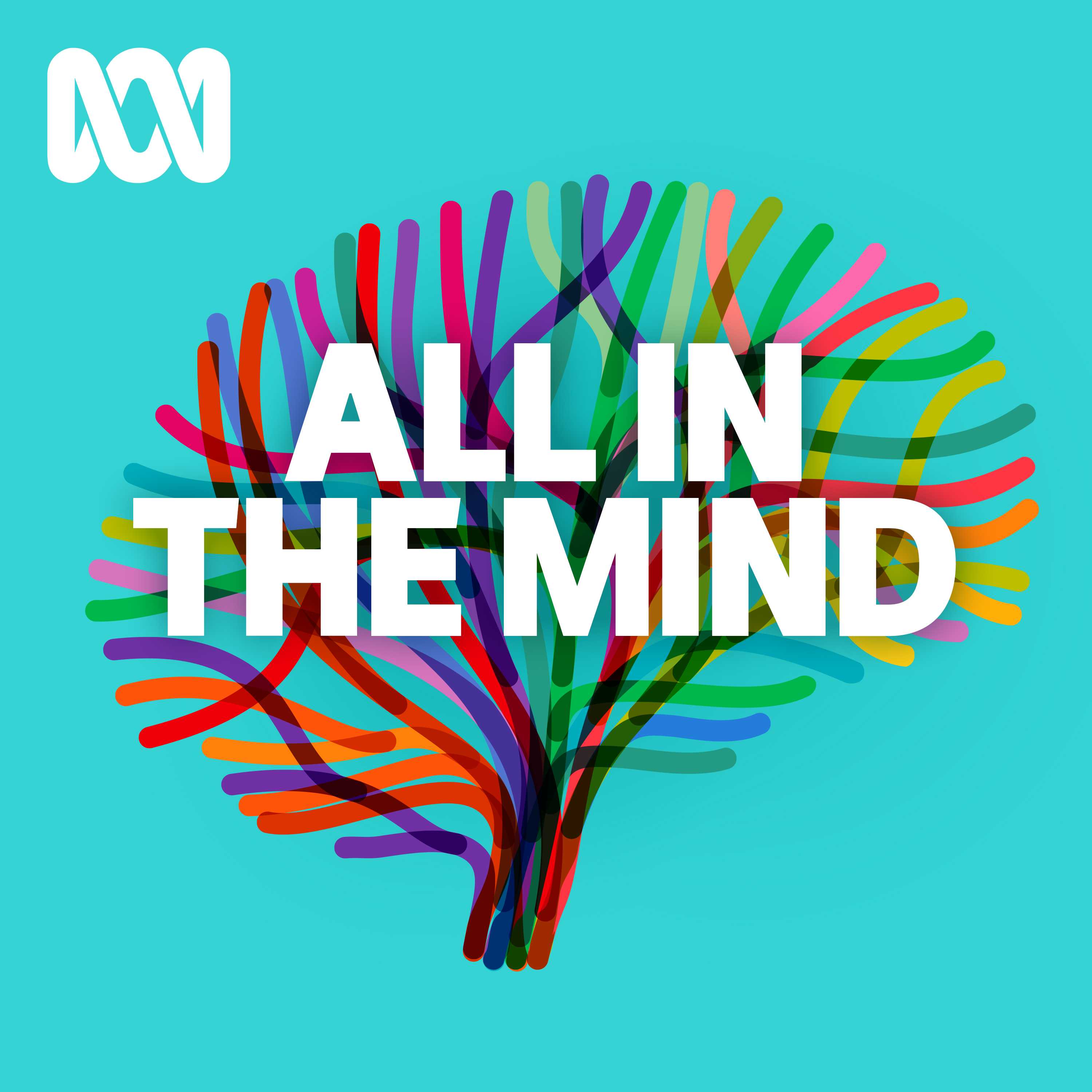
All In The Mind
ABC listen
What Now? with Trevor Noah
Trevor Noah
No Stupid Questions
Freakonomics Radio + Stitcher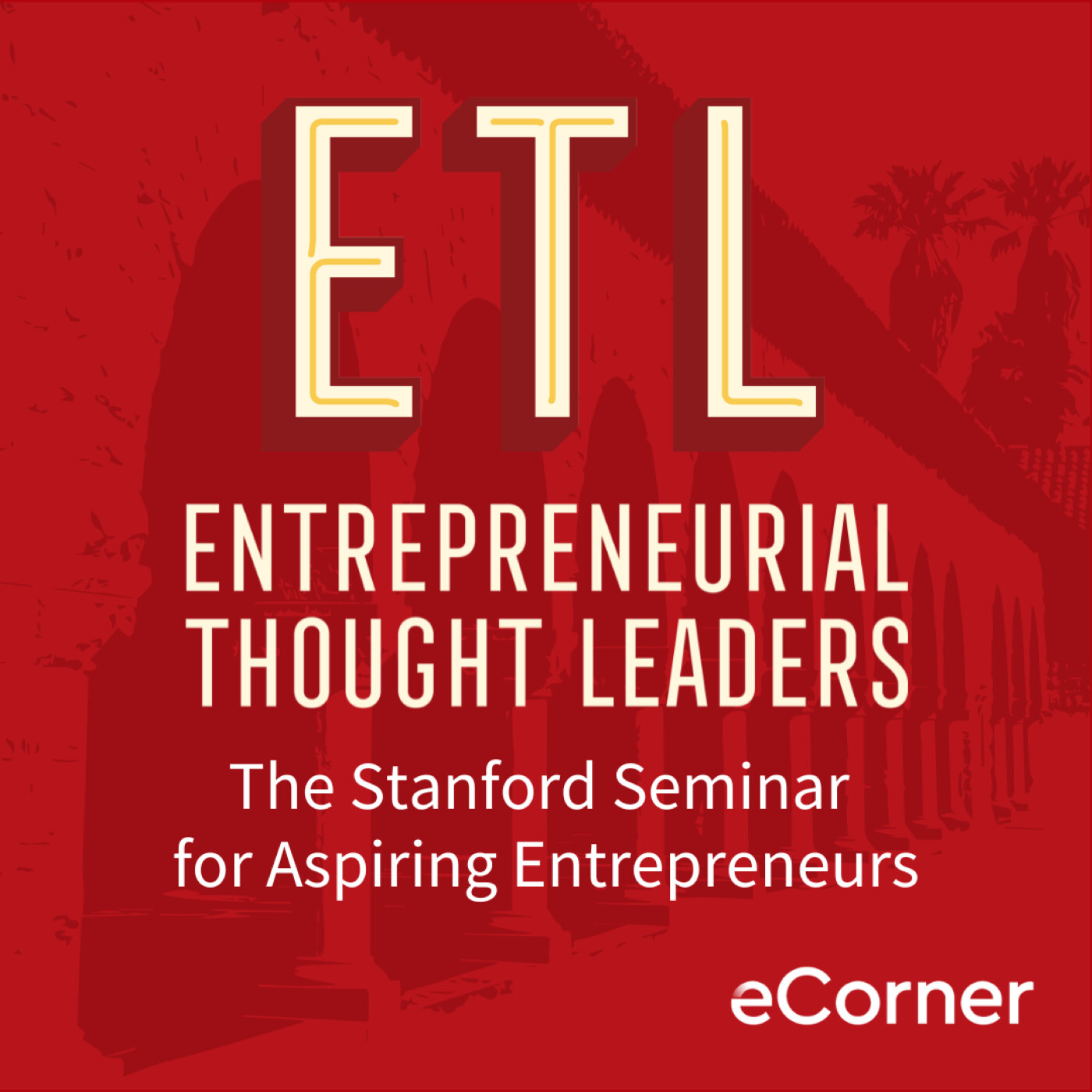
Entrepreneurial Thought Leaders (ETL)
Stanford eCorner
This Is That
CBC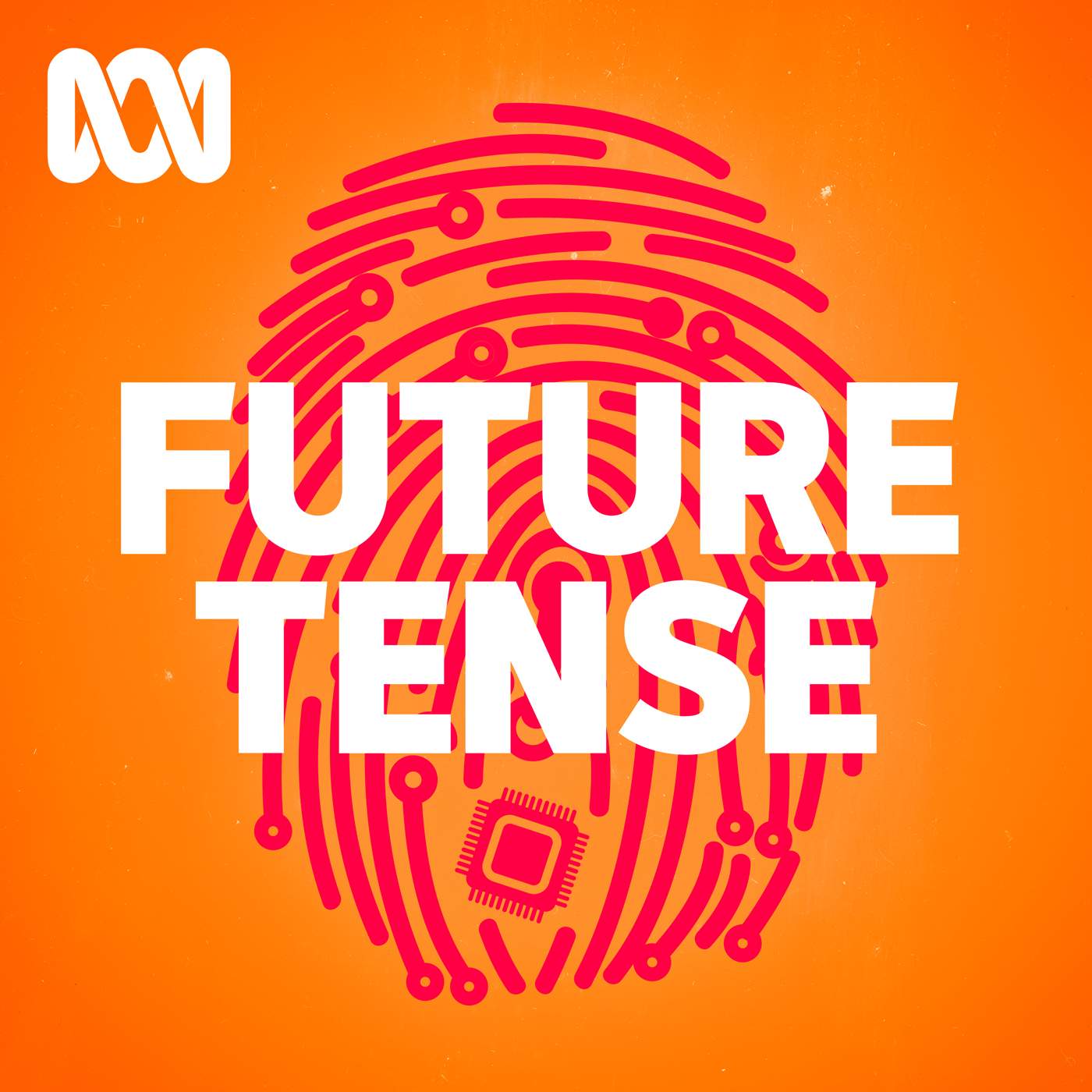
Future Tense
ABC listen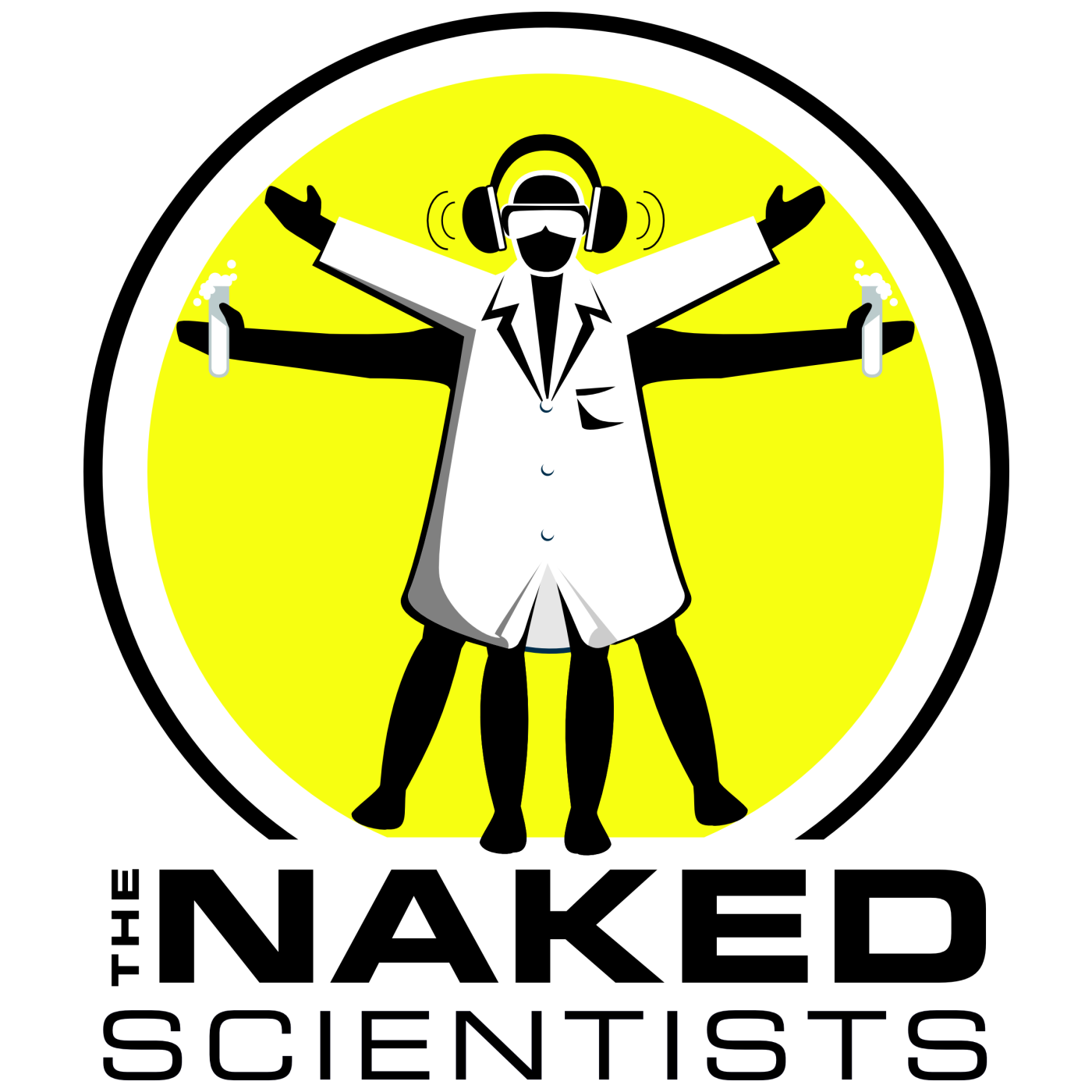
The Naked Scientists Podcast
The Naked Scientists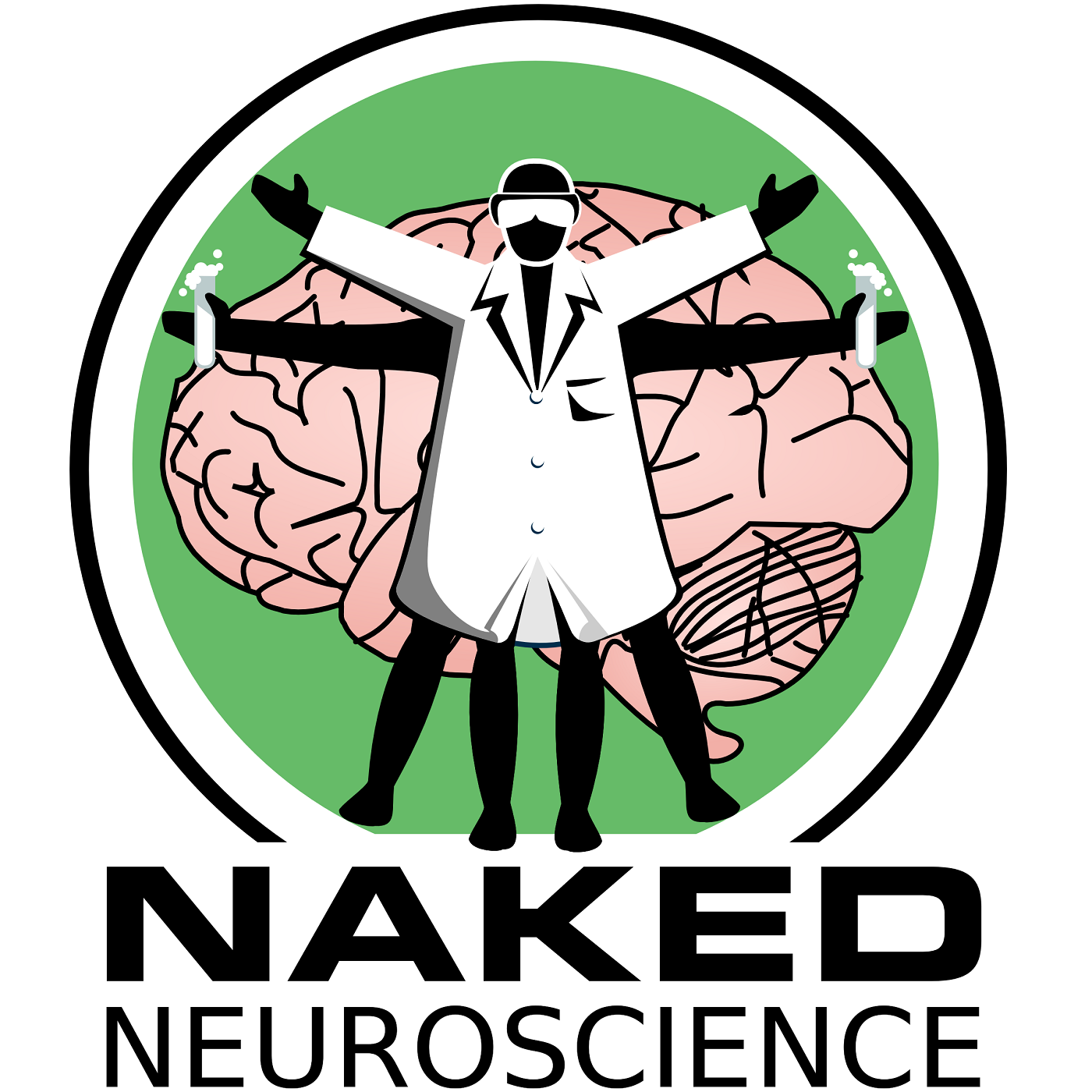
Naked Neuroscience, from the Naked Scientists
James Tytko
The TED AI Show
TED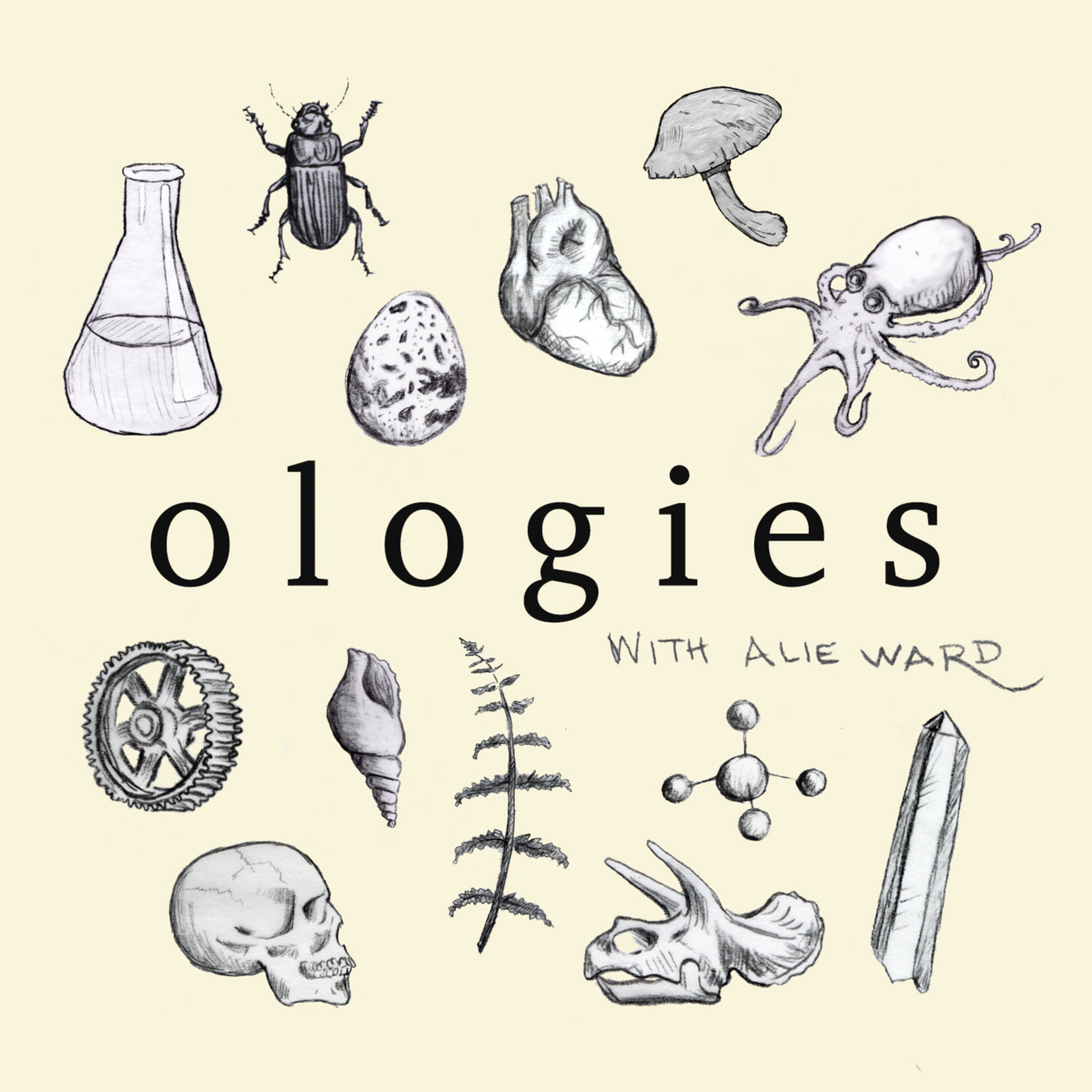
Ologies with Alie Ward
Alie Ward
The Daily
The New York Times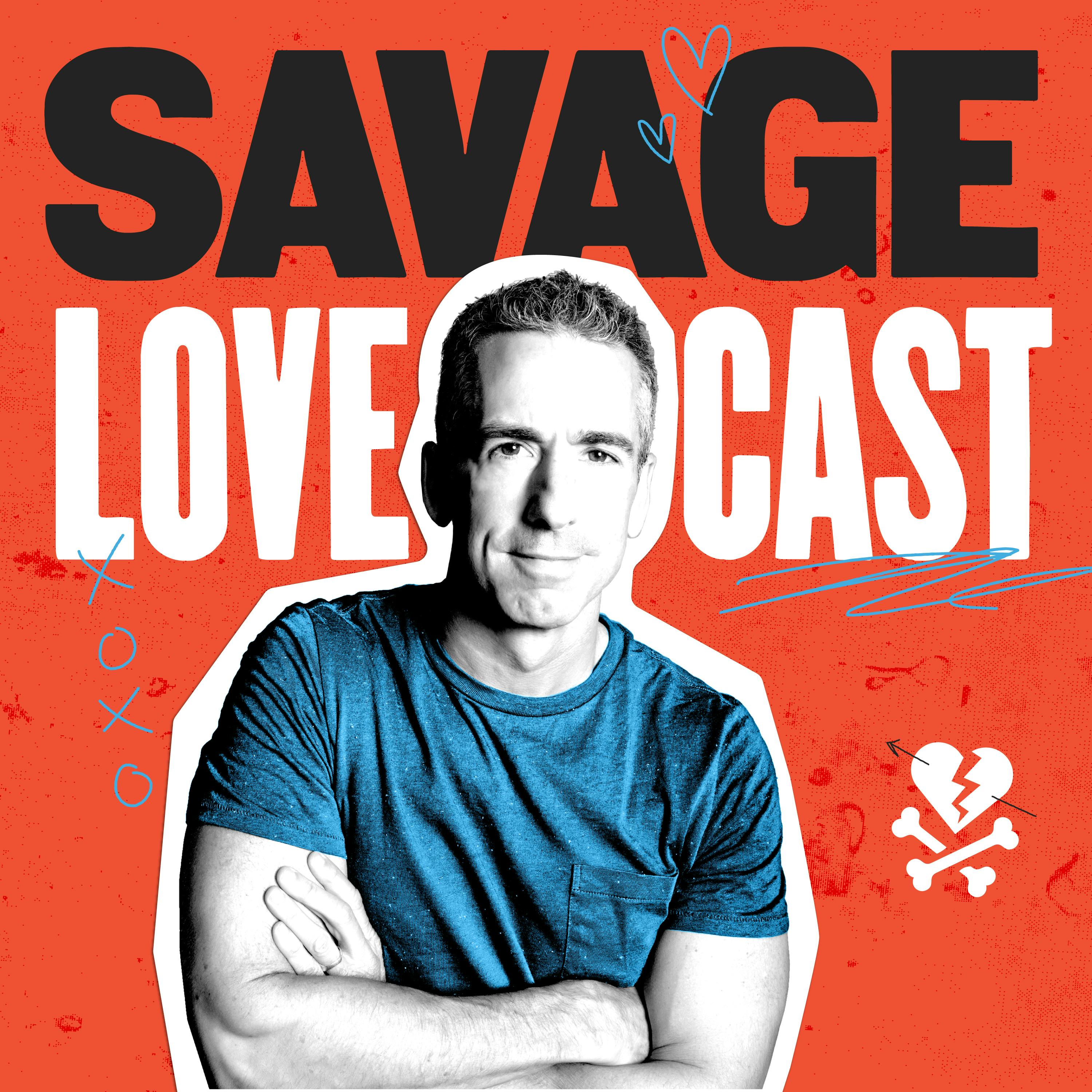
Savage Lovecast
Dan Savage
Huberman Lab
Scicomm Media
Freakonomics Radio
Freakonomics Radio + Stitcher
Ideas
CBCLadies, We Need To Talk
ABC listen
